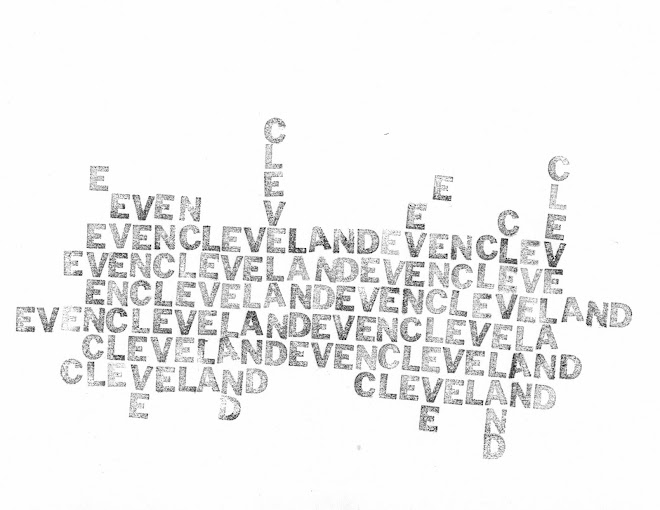For medievalists/miniaturists: a decorate-your-own castle blank, complete with inspiration, craft glue, and an assortment of craft paints and popsicle sticks (old egg cartons make especially good masonry). Add a working catapult kit for siege warfare re-enactments.
For painters: Akashiya watercolor brushes and a big ol' New SoHo SKETCH pad.
For creative writers: A fuzzy one-eyed creature journal, complete with padlock, for monstrously good drafts.
For sculptors: Wikki Stix (a magical melding of yarn and wax) to doodle in three dimensions.
For activists: The Pushcart War by Jean Merrill, which reveals (hilariously and metafictionally) words to live by —"don't be a truck"—and what it really takes to change the world.
For collectors: An earmarked ten-spot tucked inside a coin purse for treasure-seeking expeditions, jaunts to the candy shop, or bookstore adventures.
For recipe tinkerers: Extremely good cocoa, fluffy marshmallows, a whole can of real whipped cream, and Dutch chocolate sprinkles, for concocting the ultimate hot chocolate.
For composers: A pocket-sized Stylophone synthesizer for sonic noodling.
For the late-night button-pusher: A Snoopy Timex, complete with stopwatch and backlight.
For cuddlers: Fuzzy slippers with kitten ears in pink or brown.
For the hoarder of Jellycats: A Raindrop.
For all: Kiosk's "noisemaker from hell", because the holidays come but once a year (and because, despite its fearsome appearance, it only makes a subdued squeak, haha).


















































